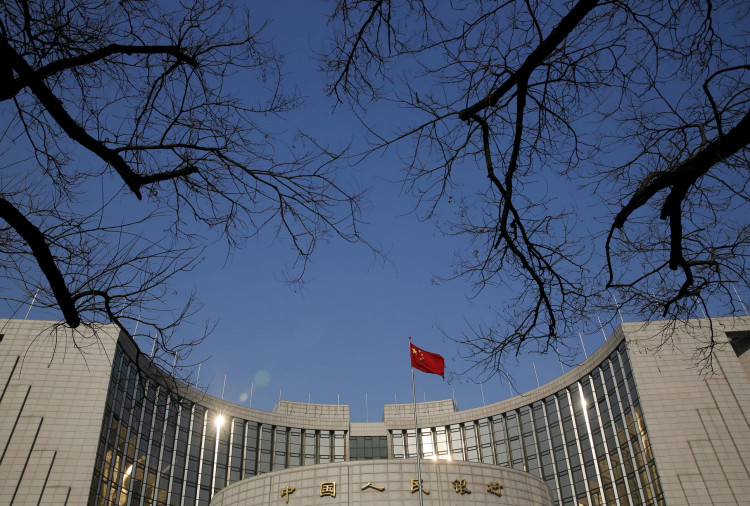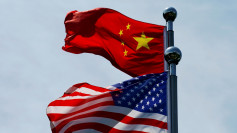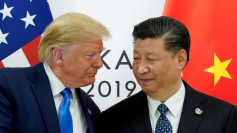China's state-owned banks, which are struggling to survive the U.S.-China trade conflict with asset quality still in one piece, may see their interest margins under pressure in the fourth quarter as competition for deposits intensifies.
In the third quarter, China's total non-performing loans (NPL) ratio improved by between 1 and 2 basis points. It came at the expense of net interest margins (NIM), especially among the four largest government lenders, namely Industrial & Commercial Bank of China, Bank of China, Agricultural Bank of China and China Construction Bank.
"Although Chinese bank management is optimistic that their asset performance will continue to improve, the stress on NIM will intensify as the deposit market continues into the fourth quarter," said Terry Sun, banking analyst at CIMB International Securities.
The squeeze on profitability underlines how the financial industry in China is struggling with survival after more than 12 months of a bruising trade war with the United States, amid slowing demand for loans and investments in the slowest quarterly growth pace in decades of the local economy.
The margins of the banks are squeezed by higher returns they have to pay to depositors to attract their funds - the cost of the banks - and the interest rate they can charge to borrowers.
The difference between cost and revenue, known as the spread of interest rates, was the biggest source of profitability for China's state-owned banks, in an industry where the financial authorities maintain a tight grip on deposit and loan interest rates.
On the one hand, to compete for customers, Chinese banks had to offer higher rates on their deposits and investment products, adding to bank costs.
The expected return on structured deposits - an investment-linked financial product whose returns are linked to the performance of a stock index, foreign exchange or interest rates - was nearly 4 percent per annum in September, nearly doubling the one-year savings rate at 2.1 percent.
And, analysts said, issuing thee hybrid investment-deposit products will only continue with ever-increasing costs to banks.
On the other hand, by transitioning into a loan prime rate method, banks saw their loan rates trimmed down after the central bank loosened its grip on such rates.
In August and September, the 1-year LPR was reduced on two occasions by cumulative 11-basis points, while the 5-year LPR remained unchanged.
So far, the financial picture of banks has been rosy, with the overall productivity of the sector gaining momentum in the third quarter compared to the previous three months.
Net profit development grew 7.5 percent overall in the third quarter, 20 basis points higher than the three months ended June, in line with the forecasts of analysts.





